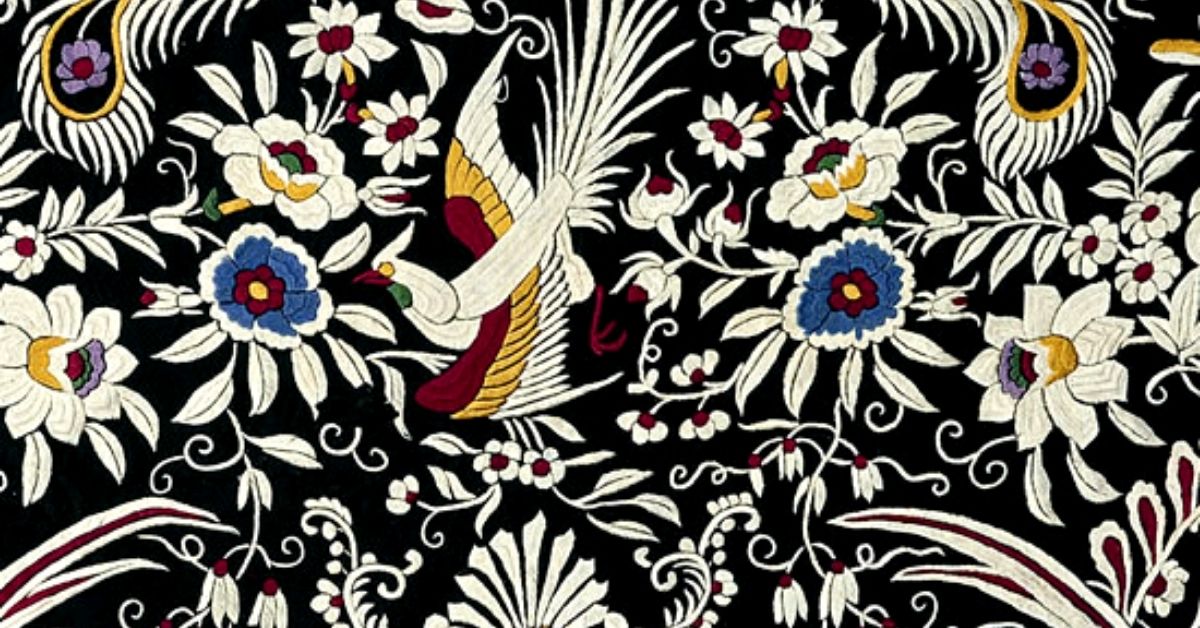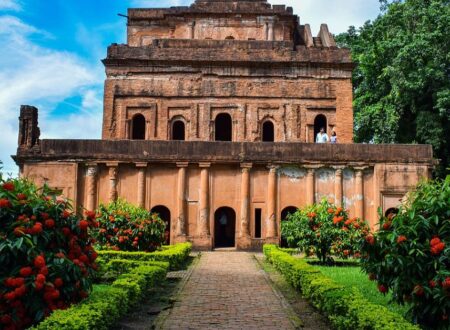Parsi embroidery
India is full of culture and art for ages and so is the Parsi embroidery. The textiles of India are famous for their quality and artwork that represents stories of every culture and tradition. The old traditional textile fabric is now forgotten and seen less nowadays.
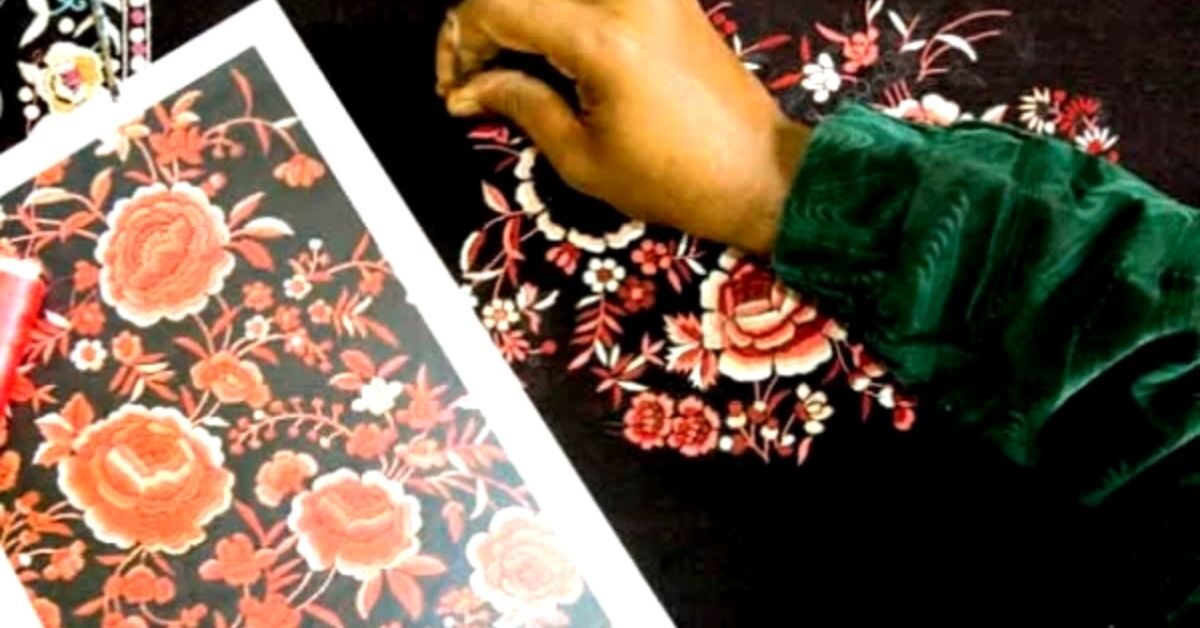
History of Parsi art
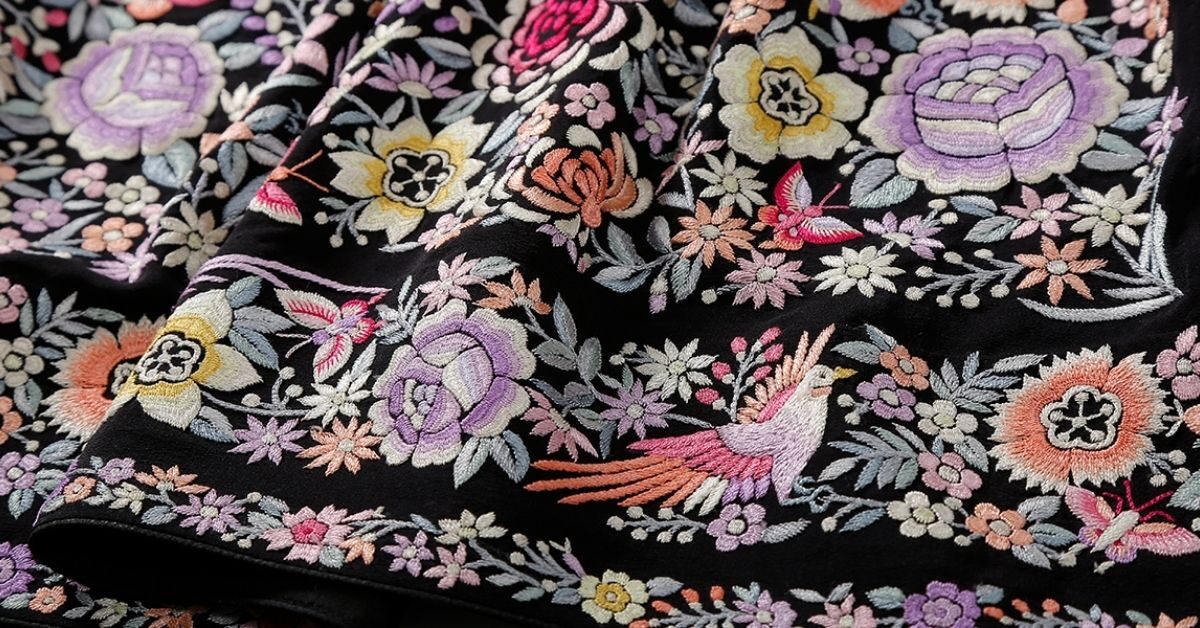
Parsi embroidery has its roots in Iran and it is a unique art form of Indian textile heritage. It is existing since the Bronze Age and slowly with time, it has influenced the European, Chinese, Persian, and Indian cultures.
It is also called the Gara embroidery, they come in beautiful shades of pastels, pale white, and many other colors. Beautifully adorned with delicate embroidery and craftsmanship. The sarees are very popular as they represent the culture and traditions of the Parsis. It exists for several centuries and is worthy of being a treasure.
Significance of Parsi embroidery
The Parsi sarees are famous for their pictorial, smooth-flowing texture and the delicate composition that Parsi embroidery represents. It portrays the style and elegance of the Parsi culture.
The Parsi sarees take about 6 months to complete due to their tedious stitching. The embroidery is on all four sides of the saree and the stitch is named the forbidden stitch. Many colorful threads make these sarees and they are quite expensive due to the artwork of this embroidery.
Designs and different types
Zarinama.com
Parsi embroidery consists of many stitches namely crewel, satin, stem, and French knots. Sometimes the artwork is of dual shades and at times as many as 30 shades of pastels are in it.
Traditional gara embroidery comes in many patterns representing the flora and fauna around, traditional motifs found in the religious and mythological traditions of Parsis. It also consists of many floral designs representing various symbolic meanings such as lilies for health, and rose petals for spiritualism. Paisley and lotus petals from India, crane from Chinese tradition, and Persian bird of paradise. All of them represent the meaning and symbolic significance of Parsi culture.
Thus traditional Parsi embroidery is a mix of all Indian, Persian and Chinese influences. These art forms are thus having a lot of significance in the traditional and cultural environment of Parsis.
Present condition
etsy.com
The Parsi embroidery or the rich Gara embroidery is the Parsi family’s heirloom and is becoming a rare collector’s item due to its tedious and intricate artwork. The embroidery is time-consuming and thus the practitioners are giving up on the artwork and design.
It’s all the work of hand and the prices are usually high as a result only a few buyers purchase the artwork and sarees. It becomes difficult for buyers to purchase such textiles. As a result, Parsi clothings has become a forgotten art with time.
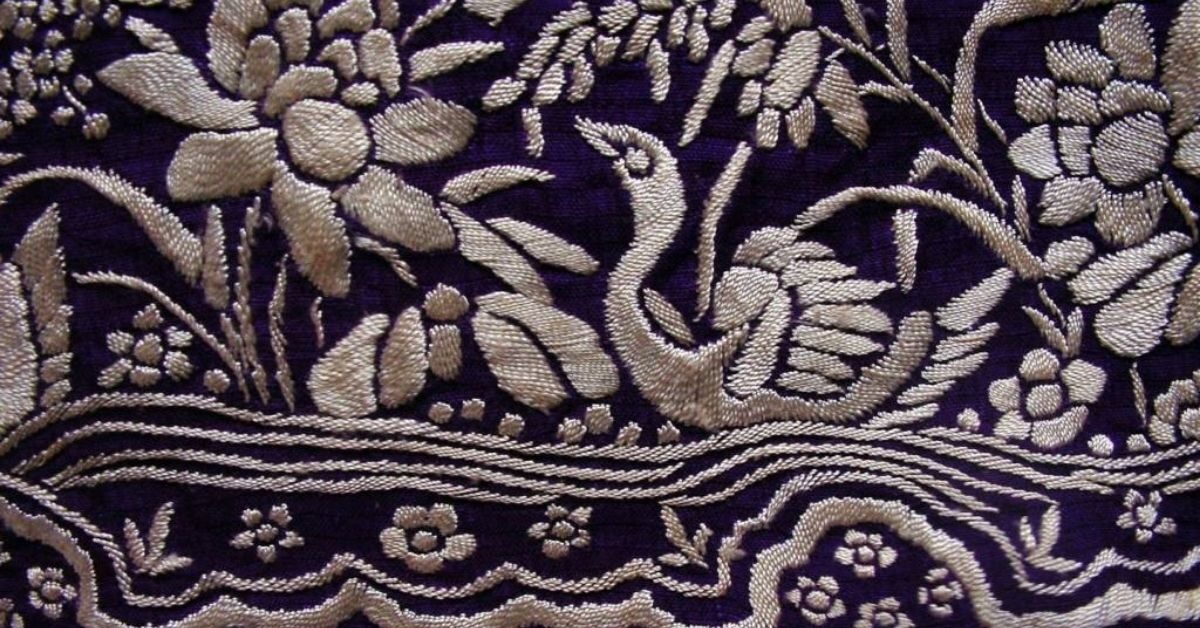
The Parsi embroidery is traditional and cultural artwork of the Parsis. Hence they have still preserved their rich heritage textile culture. It’s not only a piece of pride and joy for the Parsi family but also it’s worth every penny jealousy treasured.

